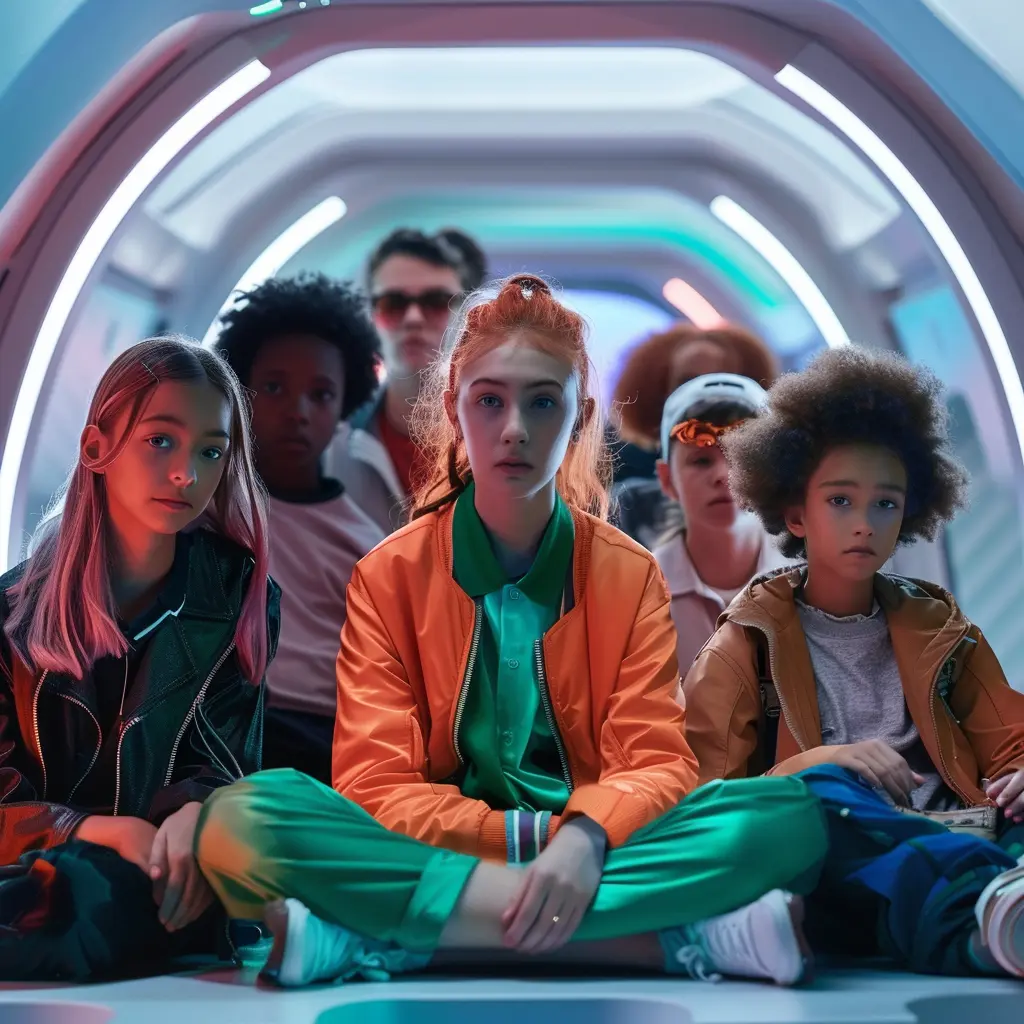How can we enhance the alignment of schools with contemporary educational needs? To begin, it’s essential to revisit the foundational principles and reevaluate our understanding of education’s purpose. Traditionally, schools have been perceived as institutions geared towards preparing compliant workers and responsible citizens. However, I suggest a shift towards an education system that focuses on enabling students to achieve their fullest potential, which should be the central goal of education.
In envisioning a future in a post-artificial general intelligence (AGI) world, we need to reconsider what we aim to achieve through education. The old economic imperatives that dictated educational content are becoming obsolete. Instead, we should focus on nurturing civically engaged, thoughtful individuals with strong communication skills. This involves teaching subjects like reading, writing, basic literacy, civic literacy, history, and rhetoric—skills crucial for building relationships and teamwork. And by teamwork, I don’t mean merely grouping students together but fostering genuine cooperative skills, similar to those taught in some scouting experiences.

The importance of emotional intelligence cannot be overstated, suggesting a need for primary education to focus more on relationship building and social intelligence. Additionally, schools should enhance their curriculum with critical and analytical thinking, alongside STEM subjects like math, programming, and physics, which are fundamental due to their lasting neurological benefits.
Challenging the foundational assumptions of education helps us to redefine its goals. A radically aligned education system would not only reconsider what we teach but how we teach it. More personalized attention through increased teacher-student interactions is crucial, hence the future need for more educators. As job landscapes evolve, teaching could become a more common profession, addressing the current shortage at all educational levels.
Furthermore, the logistics of school schedules need rethinking. The early start times, a relic from the industrial revolution designed to prepare children for factory life, are not conducive to learning or health. Schools should start no earlier than 10 AM, allowing time for socializing, playing, eating, and exercising before classes begin. This adjustment respects students’ biological clocks and supports their overall well-being.
Lastly, the practice of assigning homework needs to be abolished. The evidence is clear: more homework does not equate to more learning. Instead, it teaches children that their time is not their own, perpetuating a cycle of perpetual work. In a truly aligned educational system, we would teach children that their time and bodily needs are important and belong to them.
By reevaluating and reforming these aspects of education, we can create a system that genuinely prepares students for a future where they can thrive as whole, well-rounded individuals.
I’d like to conclude this post with a few open-ended questions for you to consider.
- How do you think the purpose of education should evolve in the face of technological advancements and societal changes?
- In what ways can we balance traditional educational goals with the need to foster individual creativity and emotional intelligence in students?
- What role should emotional intelligence play in the curriculum, and how can it be effectively taught in schools?
- How feasible is the idea of starting school later in the day to align better with students’ natural biological rhythms? What might be the challenges and benefits?
- Can removing homework entirely be beneficial in all educational contexts, or are there circumstances where homework still plays a critical role?
- How can we ensure that changes to the educational system genuinely reflect and serve the diverse needs of all students?
Thank you for engaging with this vision.
ChatGPT Notes: In crafting this insightful blog post, Manolo and I (ChatGPT) closely collaborated to refine the vision and content. Here’s how our creative process unfolded:
- Manolo kickstarted our collaboration with a thought-provoking input, inspired by David Shapiro’s podcast on Radically Aligned Primary Education.
- He provided detailed guidance to shape the narrative, focusing on reimagining educational paradigms.
- Together, we iteratively refined the text, enhancing clarity and depth based on Manolo’s feedback and my suggestions for structuring and phrasing.
- To visually complement the post, Manolo planned to use MidJourney to generate engaging images.
- This post is a testament to our combined efforts, showcasing a seamless integration of Manolo’s visionary ideas and my AI-assisted content development capabilities, all set to engage and inspire our readers.
This text is formatted for easy integration into WordPress, ensuring a smooth user experience.
